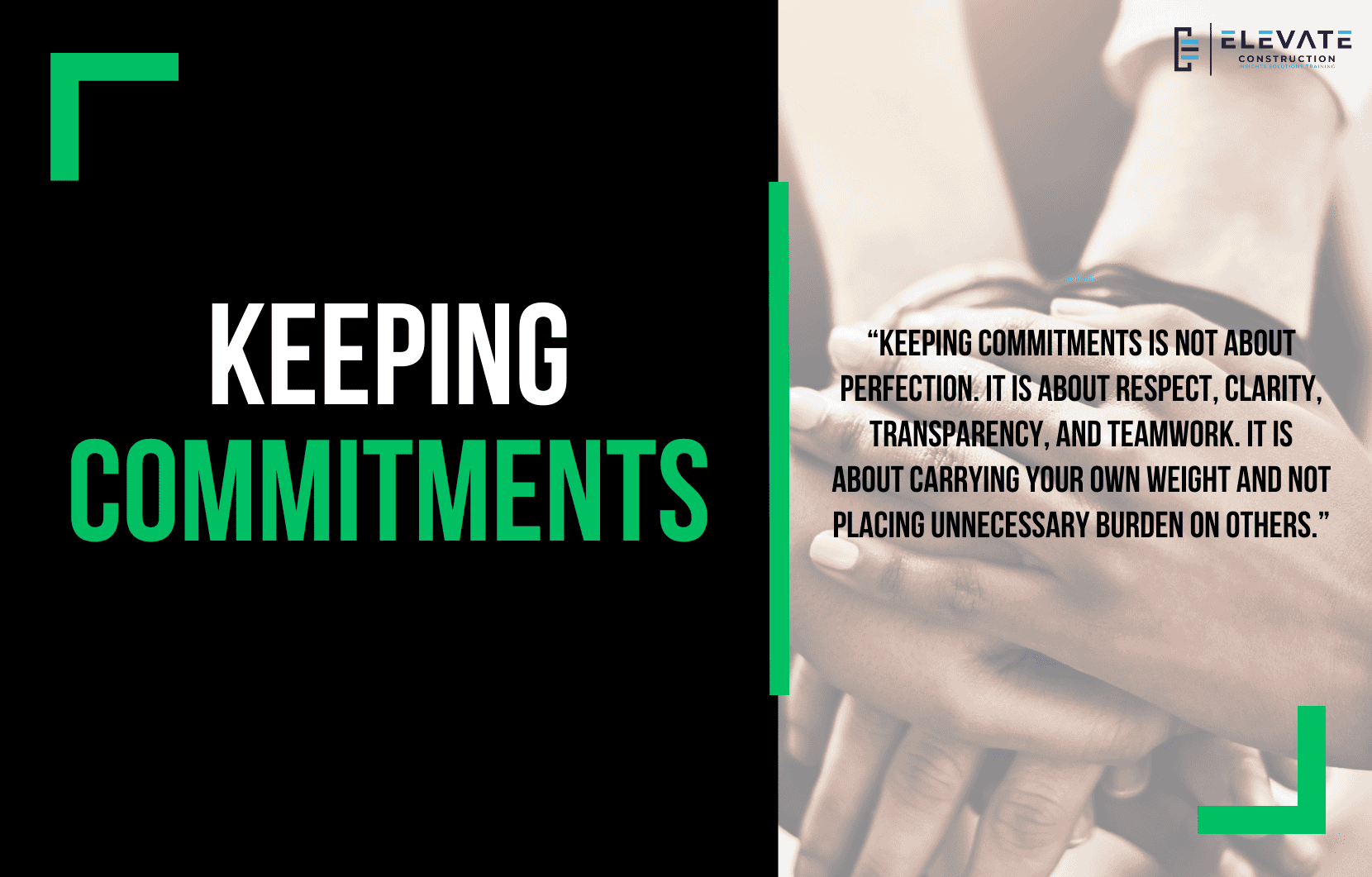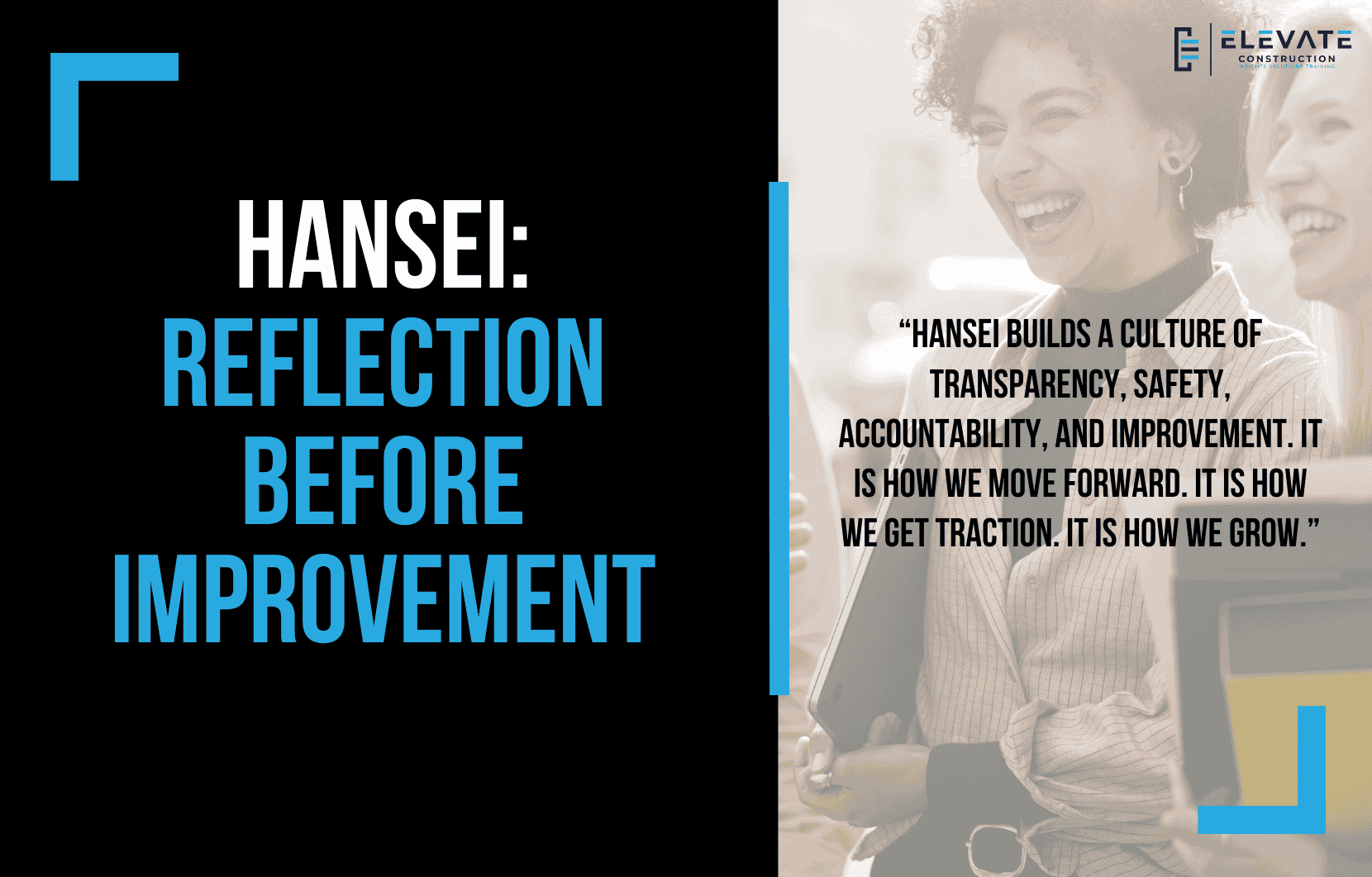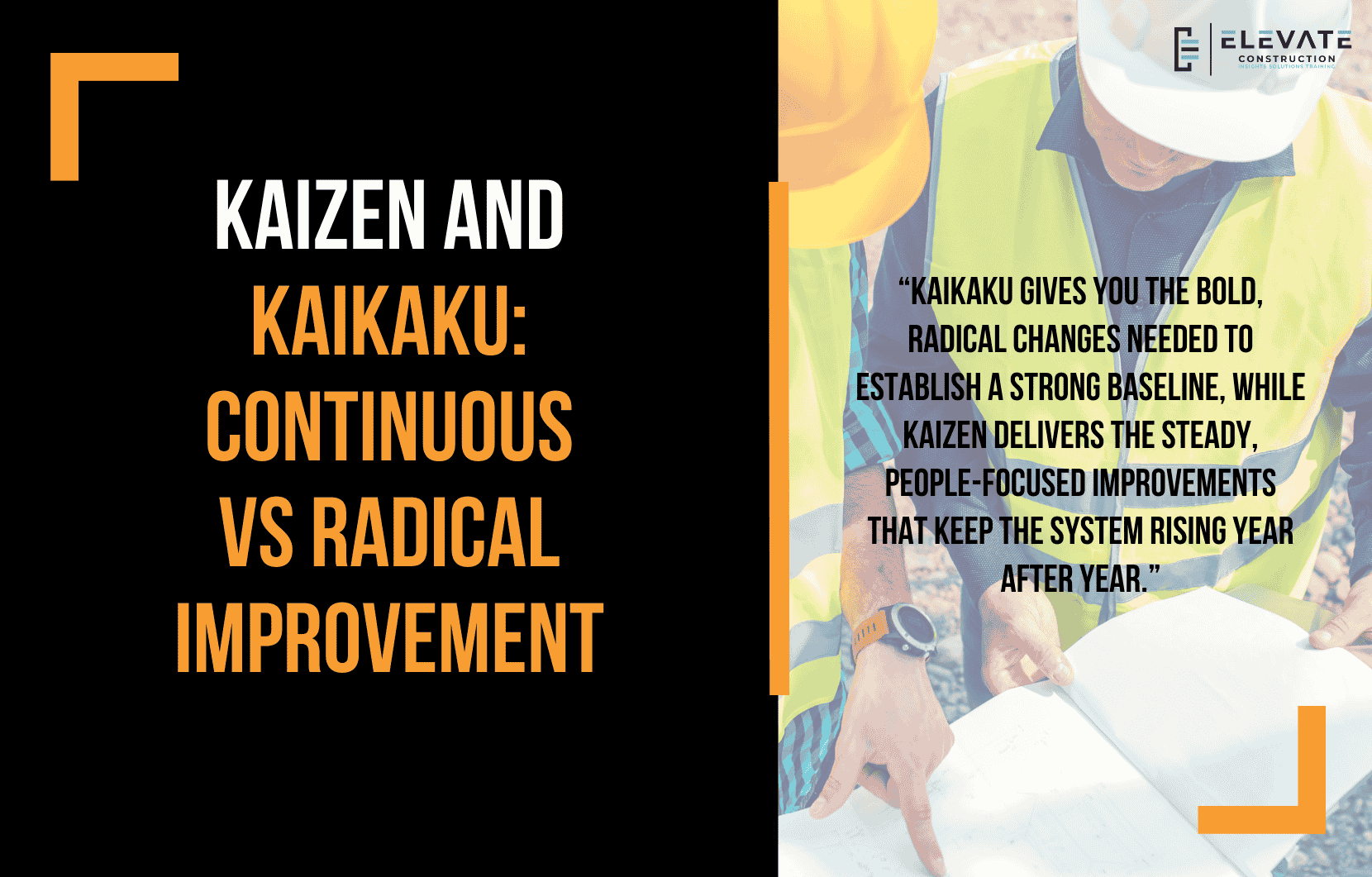Popcorn and Variation, A Real Life Lesson in Lean
Today I want to talk about popcorn and variation, and trust me, this one is worth sticking around for. It ties directly into how we work, how we plan, and how we run projects in construction.
The Importance of Taking Notes
With AI tools and automatic note takers everywhere, people are losing the habit of taking notes. The purpose of taking notes is not just to store information, it is to retain it.
When you hear something valuable, your brain processes it, signals your arm and hand, and you physically write it down. That act reinforces memory. Without it, we forget. We lose reliability. We look unprepared. Always take notes. It helps your brain do its job.
A Message From a Listener
A listener recently wrote me:
“I moved from residential to commercial construction and felt lost. Your blogs help give me daily direction. You are making an impact.”
Messages like this mean a lot to me. If you have questions, send them. I will answer them. None of us are smarter than all of us. We learn together.
Now let me tell you a story that perfectly illustrates how variation destroys flow.
The Popcorn Disaster
The kids and I love going to movies. We usually go to two places. One is fancy with layback seats. The other is our neighborhood spot beside a park. It is not fancy, but those are our people, so that is where we go.
Normally, Kate orders everything in advance in a really lean way. Tickets ready. Popcorn ready. Drinks ready. Zero waste. No chaos. We go in, enjoy the movie, clean up every crumb, and leave the theater spotless. It is a point of pride for me.
But this time, I told Kate not to pre order anything. I figured we would just order when we got there.
That was mistake number one.
We got to the counter and I asked for six medium popcorns. The lady said, “If you do two large popcorns and get the little baskets, it will be cheaper.” I thanked her, but told her I just wanted six mediums.
She insisted. She went through upsell after upsell. Extra-large. Combinations. Free refills. Add ons. I was confused. Trying to be nice. Not wanting to argue. Eventually I caved and ordered three extra-large popcorns.
She only gave me two.
Now everything was already off standard. The popcorn was overflowing. The kids could not carry them. The sizes were wrong. The system was unfamiliar. Habits were broken.
We walked into the theater and instantly everything fell apart.
I tried to pour the giant popcorn into little boxes. I spilled it on the seats, the floor, my kids, even in someone’s hair. The kids dropped their containers. Someone stepped on one. Popcorn went everywhere.
If you looked at us, you would say Jason Schroeder has zero lean cells in his body.
I spent the first 40 minutes hunched over, cleaning, managing spills, and feeling frustrated. I was not even watching the movie. It was chaos.
All because of one thing.
Variation.
Variation Destroys Flow
Here is what happened the moment variation entered our system:
- I changed our ticket and food ordering method.
- We changed serving sizes.
- We moved away from our standard habits.
- I stopped speaking up for what we actually needed.
- We entered the theater in a batch and waste condition.
- My brain no longer saw “clean theater” as achievable.
- I got frustrated.
- We broke every standard we normally follow.
That is what variation does. It cascades.
Nicholas Modig teaches this clearly. Even small changes in the system create unintended consequences. Everything takes longer. Teams lose reliability. Flow falls apart.
Variation is not just an annoying concept in lean books. It is real. It impacts your outcomes. It impacts your behavior. It impacts your mind.
My popcorn meltdown proved the entire principle in one afternoon.
Why This Matters in Construction
This is exactly what happens on projects:
- A trade shows up with different crew sizes.
- A shipment arrives late.
- A superintendent changes the plan without telling anyone.
- Materials show up in different quantities.
- Someone tries to “improve” something on the fly.
Suddenly the whole system breaks down, and everyone wonders why flow collapses.
Variation is the killer of consistency, stability, and predictability.
Final Thought
I wanted to share this before I lost the lesson. The popcorn disaster reminded me how fragile our habits are and how quickly variation disrupts everything.
I hope you enjoyed this blog.
If you want to learn more we have:
-Takt Virtual Training: (Click here)
-Check out our Youtube channel for more info: (Click here)
-Listen to the Elevate Construction podcast: (Click here)
-Check out our training programs and certifications: (Click here)
-The Takt Book: (Click here)
Discover Jason’s Expertise:
Meet Jason Schroeder, the driving force behind Elevate Construction IST. As the company’s owner and principal consultant, he’s dedicated to taking construction to new heights. With a wealth of industry experience, he’s crafted the Field Engineer Boot Camp and Superintendent Boot Camp – intensive training programs engineered to cultivate top-tier leaders capable of steering their teams towards success. Jason’s vision? To expand his training initiatives across the nation, empowering construction firms to soar to unprecedented levels of excellence.
On we go










